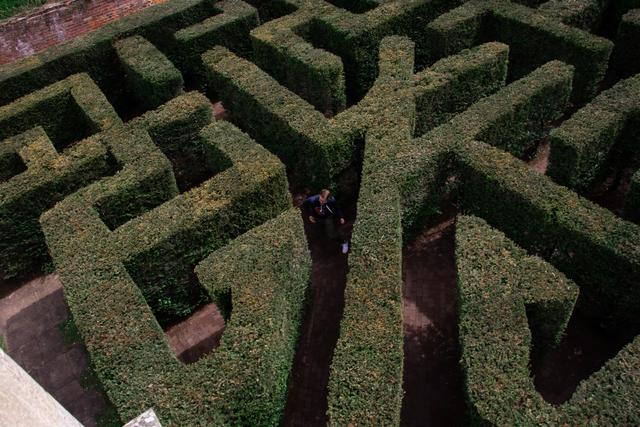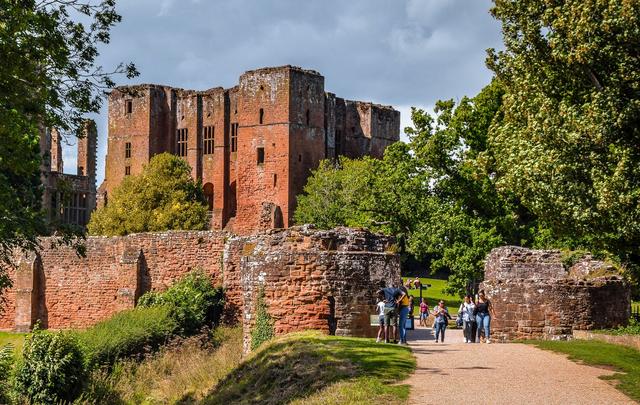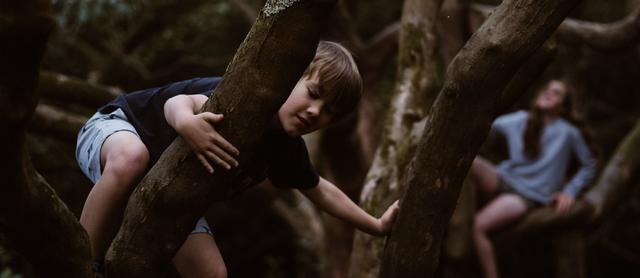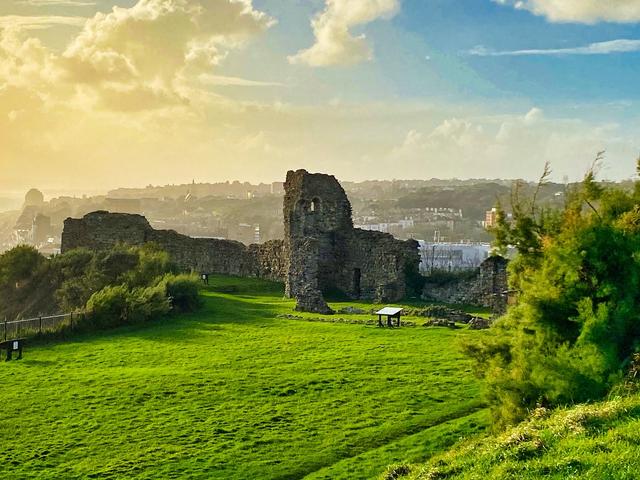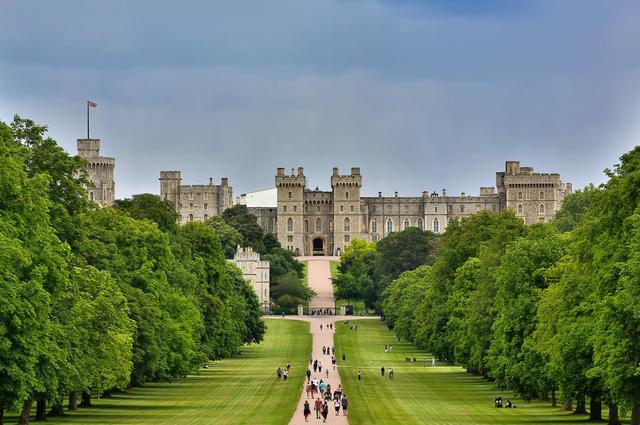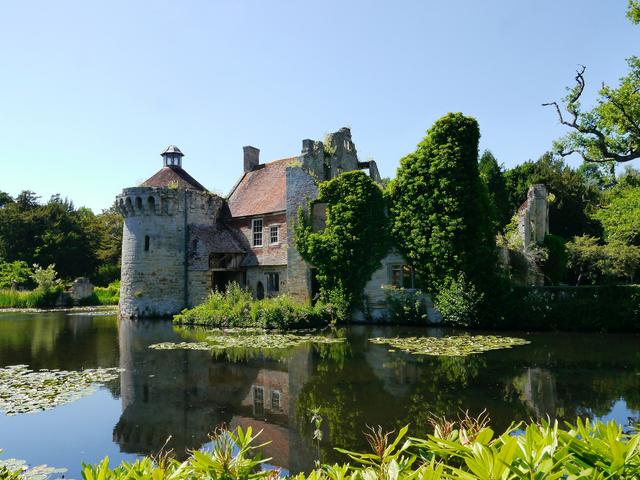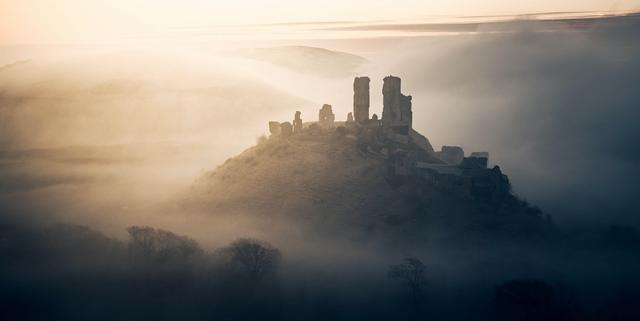Castles Articles
Castles For Kids In The UK
Castles in the UK hold a significant place in the tapestry of British history, enchanting children and adults alike with their ancient stones and storied past. Initially constructed as defensive strongholds during the tumultuous period following the Norman Conquest in 1066, these majestic structures served as both fortified bases and royal residences. Throughout the centuries, British castles have evolved from purely military installations into opulent homes adorned with sprawling gardens, broad moats, and elaborate chapels.
Today, these historical monuments not only serve as powerful reminders of the past but also as captivating educational sites. Children visiting these castles can walk through the halls where kings and queens once roamed, climb ancient towers with breathtaking views, and explore dungeons that tell tales of intrigue and survival. The experience of visiting a castle offers a vivid plunge into history, allowing children to visualize and understand the socio-political dynamics of earlier centuries in a tangible way.
Among the most iconic of these are Windsor Castle, known for its continuous association with British royalty; Edinburgh Castle, perched dramatically on a volcanic crag and symbolising Scottish heritage; and the Tower of London, with its rich and often sombre history as a place of incarceration and execution. Each castle has a unique story that contributes to the rich historical tapestry of the UK, making them must-visit locations for both educational purposes and general interest. As children explore these sites, they gain not only knowledge but also a greater appreciation of their national heritage.
The Benefits of Castles
Exploring the grand and historic castles of the UK offers a range of health benefits for children. Engaging in activities around the sprawling grounds of castles provides vital physical exercise, which is essential for maintaining a healthy lifestyle. Climbing steep stairwells, walking through extensive gardens, and navigating through large halls and corridors can significantly increase physical activity levels, helping to build stronger muscles and improve cardiovascular health.
Visiting these majestic structures not only encourages physical well-being but also promotes mental health benefits. The adventure of exploring new environments stimulates children’s minds, enhancing cognitive functions and nurturing an interest in learning. The historical significance and the artful architecture of castles capture the imaginations of young visitors, motivating creativity and curiosity.
Additionally, castle visits are an excellent opportunity for social development. Children interacting with peers and family members in such rich settings develop better communication and teamwork skills, crucial components of social and emotional development. Through these visits, kids learn hands-on about teamwork, problem-solving, and collaboration, all while having fun in a healthful and educational environment.
FAQs
Q: What is the oldest castle in the UK that kids can visit?
A: The oldest castle in the UK that is readily accessible for visits is Conwy Castle in Wales, constructed between 1283 and 1289. This castle is a fascinating historical site and offers various activities and tours suitable for children.
Q: Can kids participate in any interactive activities at these castles?
A: Yes, many castles in the UK offer interactive activities specifically designed for children, such as costume dress-ups, knight schools, guided treasure hunts, and historical reenactments. These activities are both educational and entertaining, helping children learn about history in an engaging way.
Q: Are there educational programmes for children at UK castles?
A: Absolutely, several castles across the UK conduct educational programmes that include workshops, storytelling sessions, and guided educational tours that explain the historical significance of the castles and their roles through the ages. These programmes are tailored to be age-appropriate and enriching.
Q: How can visiting castles in the UK help enhance a child's health and development?
A: Visiting castles provides children with numerous health benefits including physical activity through exploring extensive castle grounds and structures. It also boosts their social skills as they interact with other children and adults, and enhances their understanding of history and cultural heritage, contributing to their educational growth.
Q: What should parents be aware of when taking their kids to a castle in terms of safety?
A: Parents should be mindful of potential safety risks such as uneven surfaces, narrow and steep staircases, and large crowds during peak times. It’s advisable to keep a close watch on children and adhere to any guidelines or instructions provided by the castle staff to ensure a safe and enjoyable visit.

